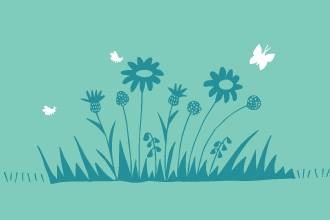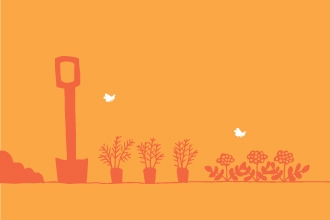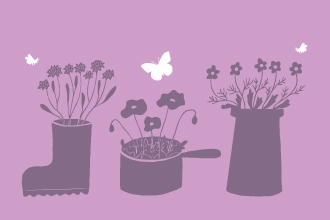When we bought our house near Witney in West Oxfordshire, it came with a field – we didn’t set out to buy a field so didn’t really have any plans!
The field itself was approximately 6 acres of arable land. Since the early 1970s, it had been used to graze cattle or make hay; it occasionally floods when the Thames breaks its banks.
For the past 7 years, we’ve simply given the hay to the farmer in exchange for his work. However, this year, he didn’t want to take the hay, giving us a great opportunity to reconsider how best to use the land.
Having long had an interest in wildlife (including bees, obviously!) and the preservation of our beautiful countryside an idea started to form – maybe we could create a wildflower meadow.
For the last 6 months, we’ve been donating 5p for each of our products sold to BBOWT; a chance conversation with one of their team (Laura Pepper – thanks, Laura 😊) helped us to consolidate a plan for how to transform our field into a wildflower meadow.
Having sought further advice from Lisa Lane (BBOWT) and Catriona Bass of Long Mead Meadow and the Eynsham Natural Conservation Team, we were able to put together a workable strategy.
NB it’s worth noting that our field was of fairly low fertility having had no grazing cattle (and hence manure) for 7 years and no fertilisers or other fertility enhancers. This is important because wild meadows fare better on ‘poor quality’ soils. Around the edge of our field are several patches of stinging nettles – presumably where the cow dung was stored decades earlier – we were advised that these would not grow wild flowers readily due to their high fertility.
Step 1 - cutting the existing hay
First we needed to cut the hay from the existing field. We did this in late June 2019 and sold the hay locally. In total we got 384 bales – much of which we sold to people with rabbits or hedgehogs and even someone with llamas!
Sadly, we didn’t manage to sell it all before the rain came and, with no barn, the hay unfortunately started to rot. Panic not, after another conversation with a friend who also has a meadow in East End, we are now experimenting with growing courgettes and pumpkins on the ‘mulchy’ hay!
Step 2 - preparing the field
Next, we had to cut the grass short – in mid-July, just before the chain harrow and tine it’s important to cut the grass as short as possible. Fortunately, we have a sit-down mower so Ross (our Favoured Drone – aka my husband) took on the rather mammoth task of cutting 6 acres with a lawn mower.
Step 3 – exposing some soil
Very soon after this, our local farmer, Graham Podbury, went over the whole field with a chain harrow to remove the hatch from the surface and expose more soil.
Step 4 – preparing to receive seeds
Next, Graham came back with the tine (like a fine ‘plough’) and cut approximately 2m diagonal strips across the field to reveal more soil but leave some of the existing meadow seeds and perennials – the plan was to expose around 50% of the soil.
The rationale for not exposing all the soil was to maintain some of the meadow species already present in the field.
Find out what we did next in part 2




